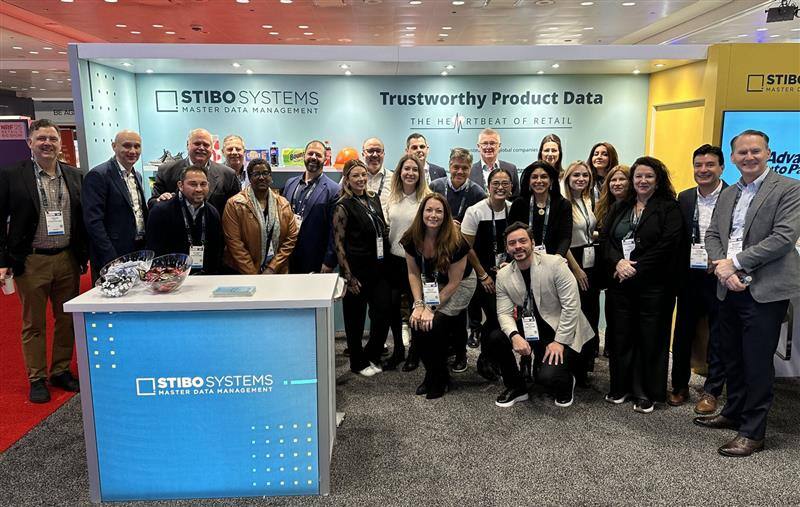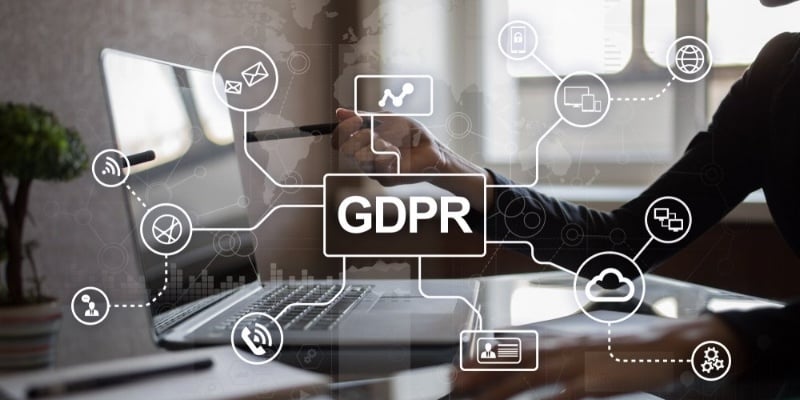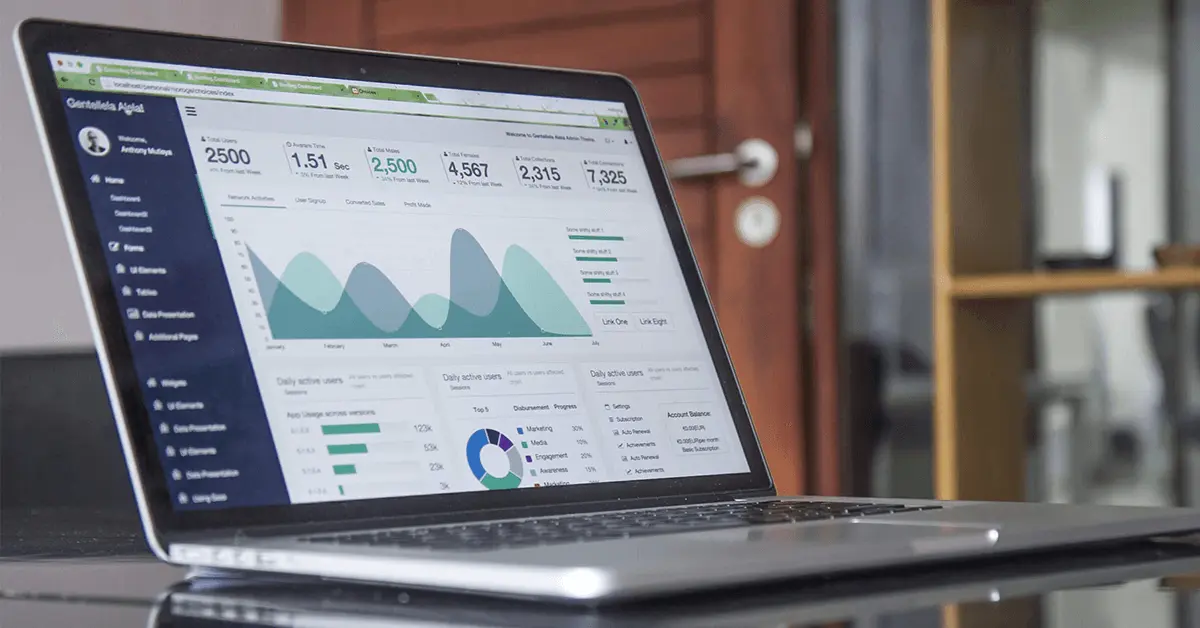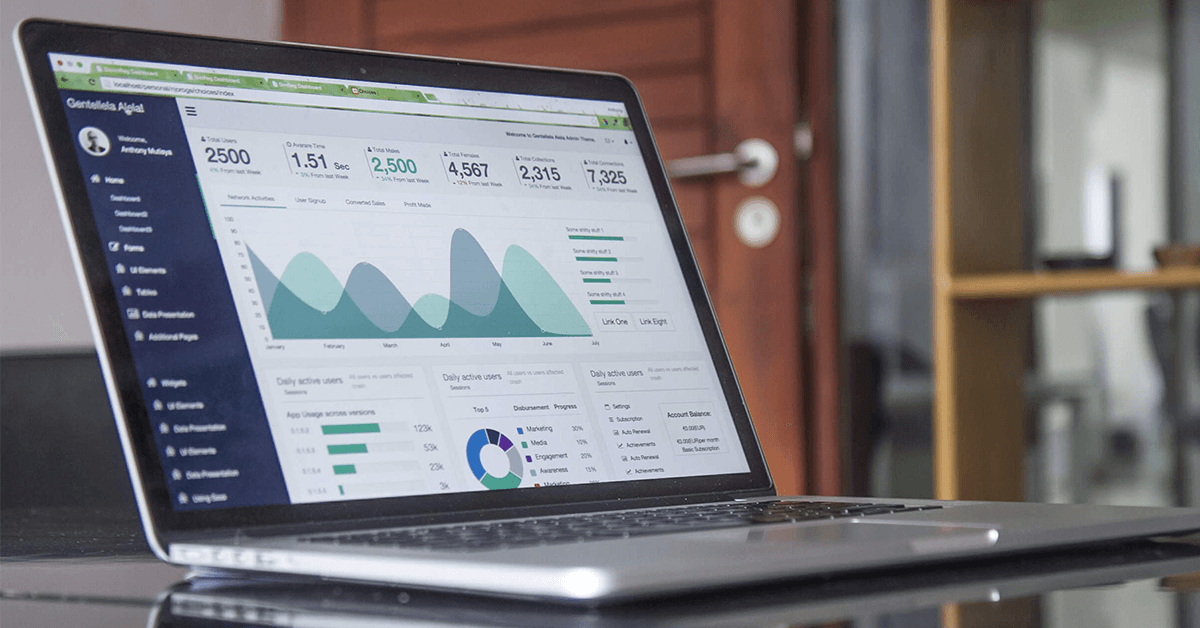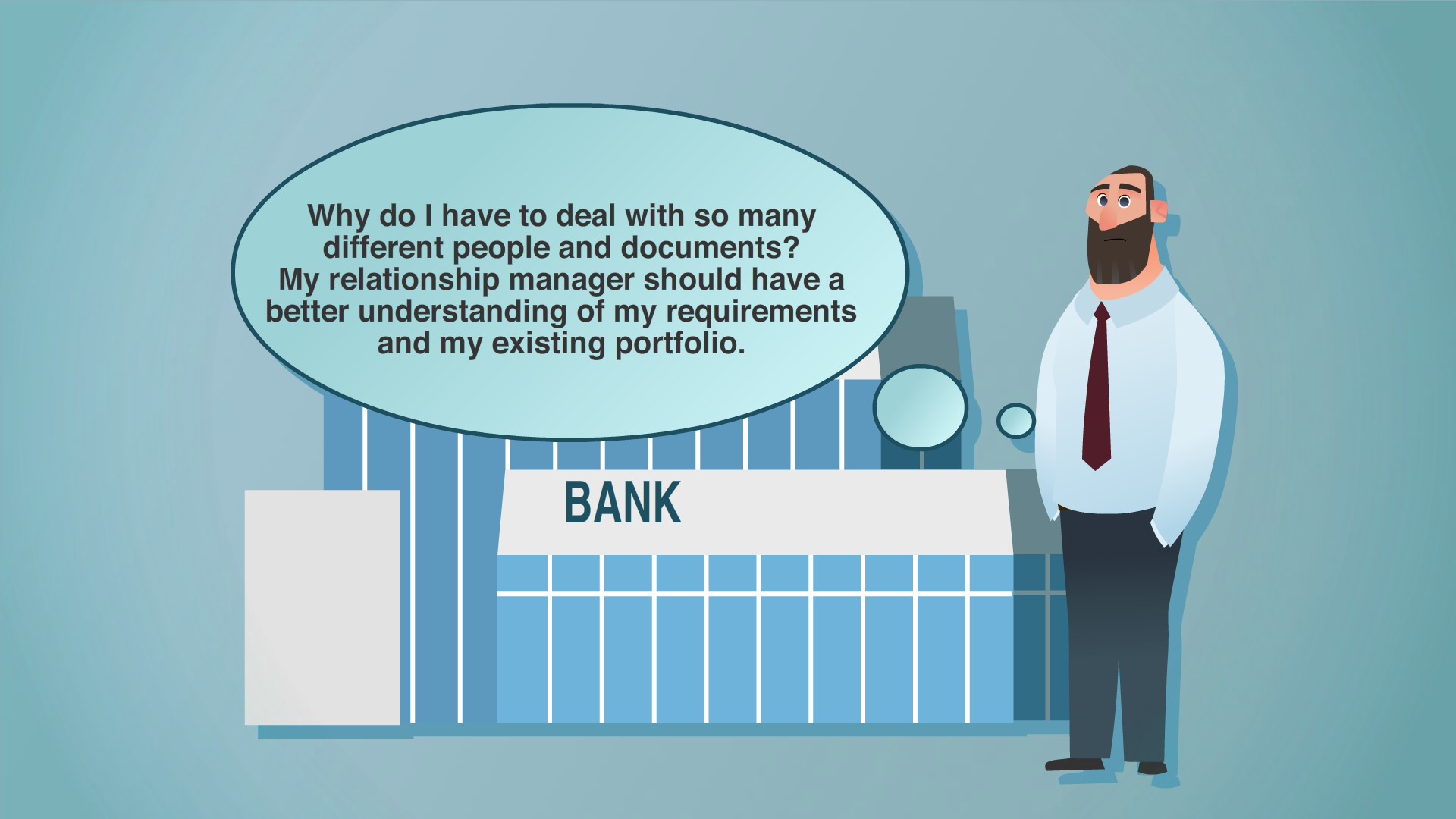Many retail organizations struggle daily to build reliable data foundations while keeping pace with what customers want and need.
At NRF 2025, I got to chat with Yogesh Deep, who leads Enterprise Data and Analytics at Signet Jewelers. His two decades working where retail meets technology have given him a practical, no-nonsense view of turning messy data situations into real business value.
And he was kind enough to share some valuable lessons that most people working in that environment would benefit from hearing, so I decided to share them here on our blog.
When your business handles millions of SKUs, complex pricing decisions and seasonal rushes like Valentine's Day, you simply can't operate without accurate data.
But as retail leaders know firsthand, building trust in your data takes more than new software or strict rules about who can access what.
Meet Signet Jewelers
Signet is North America's largest retailer of diamond jewelry. For it, getting data right matters deeply:
- Each product carries significant value
- Customer relationships span years or decades
- Trust is everything
In other words: The company’s journey to better data management can give almost any retail organization valuable lessons.
So, read on and see practical examples of how Signet balances careful data governance with the need to move quickly and serve customers well.
Let me walk you through what I learned, and how you can put these insights to work in your own retail operation.
Understanding data in its own context
Every retail organization talks about having a "single source of truth" for its data. But here's what I've learned from working with retailers like Signet: The moment two analyses show different results, that idea starts to crack.
A short example
Yogesh shared a compelling story from earlier in his career. His team had built detailed product-level profitability analyses using finance data, which was supposedly the definitive source of truth.
Yet, in their first meeting with the merchandising team, they hit a wall. The merchants immediately questioned the numbers, saying they didn't match their understanding of category profitability.
The natural response would have been to question the data quality. Instead, they dug deeper and found that finance and merchandising were using different – but equally valid – approaches to allocating costs:
- Finance attributed promotional spending at the product level
- Merchandising allocated based on units sold
The lesson here is this: Before questioning your data, question your context. Different teams often need different views of the same information to do their jobs effectively.
Some key takeaways for retail leaders to put this to work:
- Start by understanding how different departments use and interpret data
- Document the business logic behind various data views
- Create clear definitions for key metrics that everyone agrees on
- Build bridges between teams that seem to have conflicting data
How better data transforms retail operations
When Best Buy faced intense competition from Amazon, many assumed it would require billions of dollars to match Amazon's prices across the board.
However, by taking a data-driven approach to understanding the real problem, they discovered something different.
The key questions they asked:
- Was pricing actually the main issue?
- Did they need identical prices online and in stores?
- How did customer perception of value differ between channels?
Through careful analysis, they found that a multi-billion-dollar problem was actually a few hundred million-dollar one. Sure, it was still significant, but it was much more manageable.
By gathering detailed data about price gaps and customer behavior, the company developed a strategy that helped Best Buy not just survive but thrive.
This experience taught me something vital about retail transformation. You need three elements to succeed with data:
Define the real problem
Your data should help you understand what's actually happening, not just confirm existing assumptions. Look beyond surface-level issues to find root causes.
Create clear pathways
Once you understand the true challenge, use data to map out possible solutions and test your hypotheses systematically.
Track everything
The hardest part often isn't launching initiatives. It's knowing if they're working. When multiple programs promise $10 million in revenue each but only deliver $50 million combined, you need reliable data to understand why.
What makes this approach powerful is how it combines rigorous analysis with practical business reality. You're not just collecting data for its own sake. You're using it to make better decisions and measure their impact.
Making data both secure and accessible
"Nobody owns math," Yogesh pointed out during our conversation.
When you lock data down too tightly, people find ways around your systems. They often create more governance headaches than if you'd made the data available in the first place.
At Signet, they've learned to look at data access through the lens of user needs. Their teams fall into distinct groups:
- Report consumers who need simple, drag-and-drop tools to analyze data
- Business analysts who work with moderate complexity
- Data scientists who need deep access to advanced analysis
Planning becomes crucial during peak seasons. For jewelry retailers, that means holidays and Valentine's Day.
But the key is thinking ahead – waaay ahead. You need to anticipate what data your teams will need six months from now, so they're not scrambling when busy seasons hit.
"Nobody owns math. If you use governance to restrict access to data, people will find ways around your systems – creating bigger problems than if you'd made the data accessible in the first place." Yogesh Deep, Vice President – Enterprise Data and Analytics, Signet Jewelers
AI in retail (moving beyond the hype)
The real power of artificial intelligence (AI) in retail isn't about replacing human decisions. It's about enhancing them.
An enlightening example
Yogesh shared a fascinating example from his experience in automotive parts retail.
When a customer's car needs repairs, time matters. Imagine trying to stock the right parts across millions of SKUs while keeping inventory costs manageable. Modern AI systems can analyze multiple data streams to make smart stocking decisions:
- Vehicle population data by zip code
- Warranty information showing part failure rates
- Local demographics
- Competitive landscape
- Historical sales patterns
This kind of complex analysis simply wasn't possible before AI. But it only works when your underlying data is accurate and trustworthy.
Let’s wrap up with 3 key messages
1. Make it your own
While you can learn from others' experiences, your data journey needs to fit your specific business needs and culture. What works for one retailer might not work for another.
2. Link to outcomes
Every data initiative should connect clearly to business results. Without this connection, you risk losing support for important data quality improvements.
3. Start where you are
You don't need perfect data to begin improving your operations. Start with your most pressing business challenges and build from there.
The future of retail depends on making smart use of data and AI. But you don’t succeed by copying others or chasing the latest trend. You succeed by understanding your unique needs, making sure you can trust your data, and then building on that foundation to serve your customers better.
"There are no cookie-cutter answers. It's important to learn from others' experiences, but your data journey has to be your own." Yogesh Deep, Vice President – Enterprise Data and Analytics, Signet Jewelers
Thank you for sharing your learnings, Yogesh!




























































